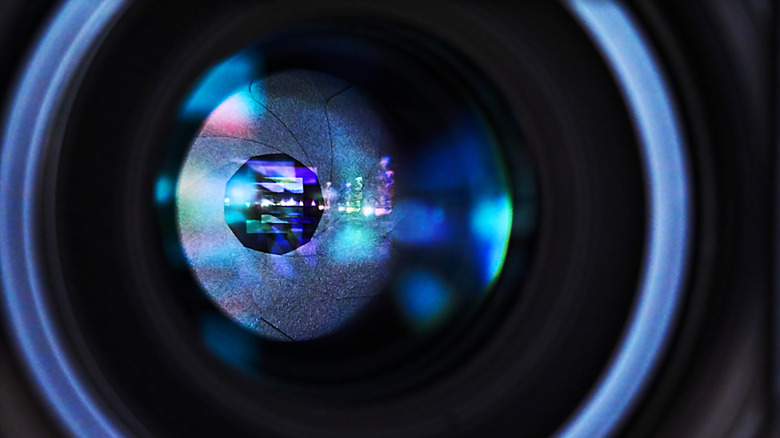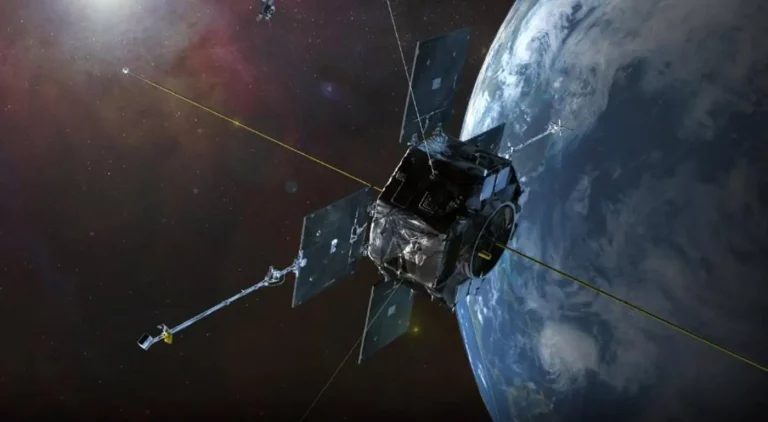
Despite all the scientific advancements we’ve achieved and the remarkable explorations of our solar system we’ve undertaken, space itself remains a vast mystery. From the possibility of life on other planets to the notion that something might have existed before the Big Bang, there are numerous space mysteries that scientists cannot yet elucidate.
With this in mind, and the potential to discover groundbreaking information about the universe and our place within it, we might overlook the smaller questions about space. For instance, why can we see stars from our planet’s surface but not in some photos taken in space? Not those taken by powerful telescopes on Earth, but those captured in space itself.
Although it might seem like a minor mystery, it’s actually quite intriguing. If we can design robots that successfully navigate the surface of Mars and photograph entire sections of the universe, revealing the multitude of galaxies in the cosmic ether, surely we can create cameras capable of capturing stars? Well, as you might expect, the lighting conditions in space differ significantly from those on Earth, necessitating different camera operations when off-planet.
The mechanics of photography

The absence of stars in many space photos is more about the nature of photography than the stars themselves. Cameras function by adjusting their aperture and shutter speed to achieve proper exposure. The aperture ring inside a camera lens can widen or narrow to control the light that reaches the sensor. A wider aperture is preferable in low-light settings as it allows more light through. Conversely, in bright environments, closing the aperture prevents the image from being overexposed.
The human eye operates similarly to a camera in this respect. Our iris acts as the eye’s aperture, adapting to the surrounding light conditions. In bright conditions, our irises contract, making our pupils smaller to limit light intake. In darker environments, our pupils dilate to gather more light, enhancing our vision. When transitioning from a well-lit room to a dark night outdoors, it might take time before you see stars, as your eyes adjust to the lighting conditions.
Shutter speed refers to the duration the camera sensor is exposed to light through the lens. A fast shutter speed briefly exposes the sensor, while a slower speed allows a longer exposure. This understanding helps explain why space photography often lacks visible stars.
Stars appear in some but not most space images

In space, the light reflected by the Earth and moon is extremely bright. To capture images near them, cameras use a fast shutter speed and a small aperture to ensure minimal light reaches the sensor, achieving proper exposure for space conditions. Stars, being much fainter and farther away, require a longer exposure and wider aperture to be visible. This principle is similar to photographing stars at night, where ground conditions often prevent enough light from reaching the camera sensor.
Moreover, some space cameras lack adjustable apertures. Cameras on missions like OSIRIS-REx are designed with fixed apertures based on predicted light conditions. For instance, the OSIRIS-REx MapCam has an aperture suitable for capturing a dark asteroid’s surface but would overexpose anything on Earth. Thus, many space cameras aren’t designed to capture distant stars’ light. However, some space images do show stars, though most focus on specific objects like our planet, with cameras set up to capture those rather than stars.
“`






